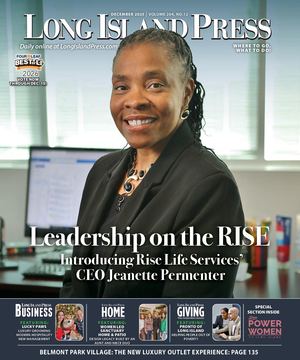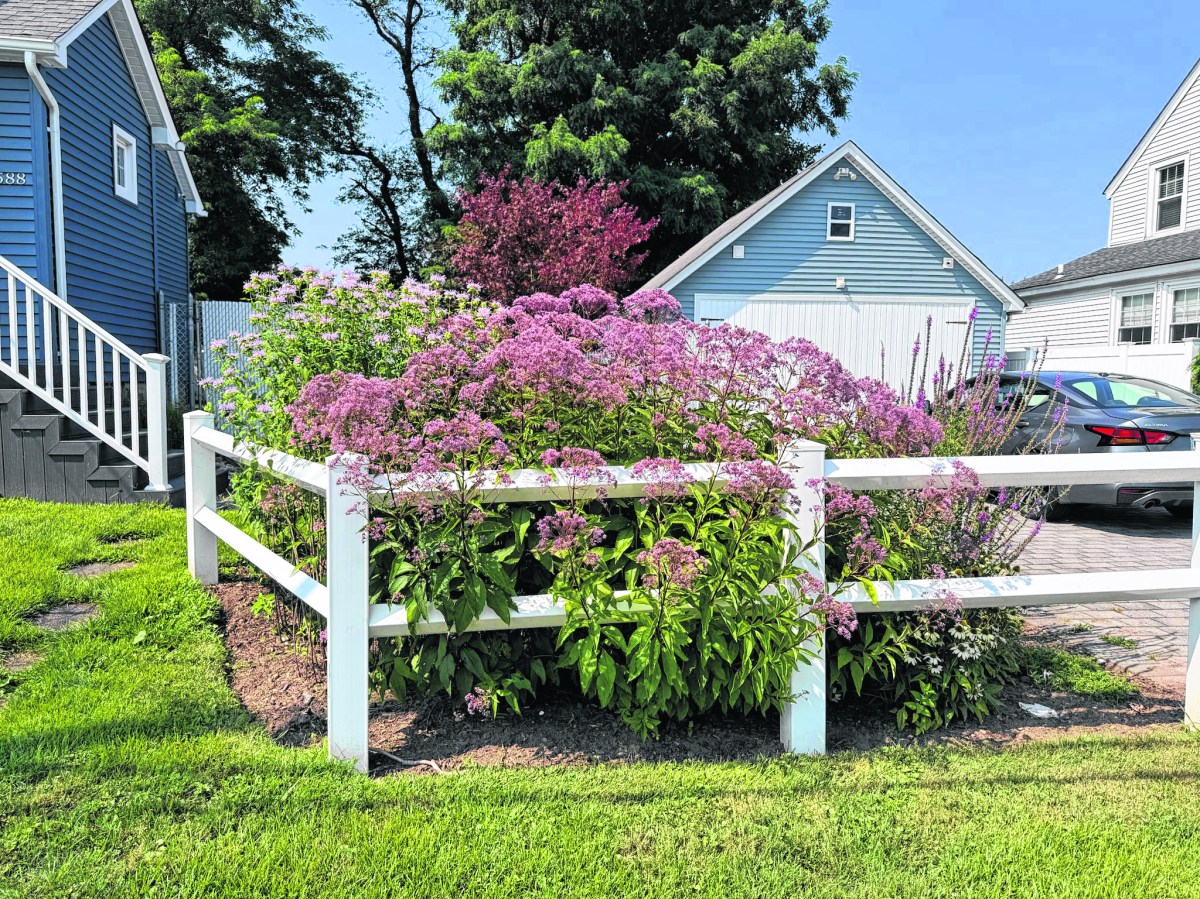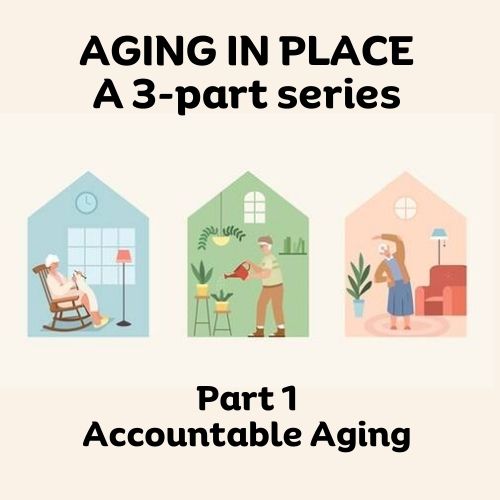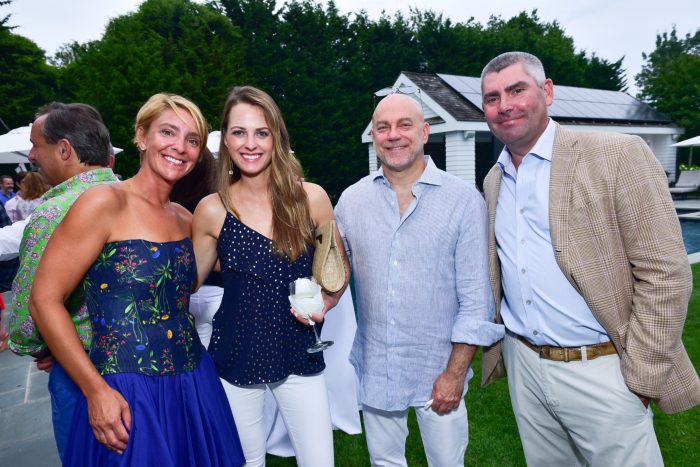Across suburban landscapes, homeowners are increasingly replacing traditional lawns with native plant gardens, spurred by concerns over water consumption and ecological sustainability. However, the shift is meeting resistance, particularly in areas with strict homeowner association (HOA) codes and municipal rules, like those in Long Island. In communities where uniformity reigns, the growing trend of native landscaping is seen as a dramatic departure from the status quo, raising questions about design preferences, safety concerns, and environmental impact.
Agatha Martello, owner of More Than Gardens, specializes in designing gardens that blend native plants with aesthetic appeal.
“I think that’s just gonna keep happening,” Martello said, referring to the rise of native landscaping. “We have to adapt a little bit, and that’s all we can do, really.”

Martello, who understands the challenges homeowners face in code-heavy communities, emphasizes that the issue isn’t so much about the plants themselves but about shifting perceptions of what constitutes a beautiful garden.
“It’s not even the species of plants that is the problem; it’s the break from tradition,” she said. “We’re so used to seeing manicured lawns and we need to rethink what ‘beautiful’ really means.”
While native landscaping provides clear environmental benefits—such as conserving water, supporting local wildlife, and enriching soil health—Martello stresses that design plays a pivotal role in making native gardens acceptable in regulated communities. “It really is a design thing,” she explained.
“We can mimic traditional landscaping with native plants. You can have an ecological garden that is HOA-friendly and still looks beautiful. It doesn’t have to be all overgrown or wild.”
In communities focused on uniformity, Martello advocates for thoughtful plant choices that maintain aesthetic appeal.
“You can use plants like Pennsylvania sedge or phlox,” she recommended. “These are low-growing, attractive alternatives that can replace grass without sacrificing design.”
Beyond design, Martello acknowledges that safety concerns and pests often deter homeowners from embracing native gardens. Martello challenges common fears surrounding bugs, which often accompany a shift to native landscaping.
“Bugs are part of the ecosystem,” she remarked. “We need to get over our fear of them. Without bugs, there’s no life. They’re pollinators, they help plants thrive, and they’re food for other animals. If we want to restore balance, we have to stop seeing bugs as a nuisance.”

Addressing concerns about pests, she added, “Bugs live everywhere. The idea that they’ll only be in a native garden is misguided. It’s time we change our mindset.”
To ease the transition, Martello encourages homeowners to think creatively within the bounds of traditional design.
“What people don’t realize is that native plants can still be highly designed,” she said. “It’s just a matter of understanding how to apply these plants thoughtfully.”
Homeowners can find design inspiration by looking for existing patterns in their neighborhood, like low plants in the front and taller shrubs in the back. Martello also suggests smaller garden plots to avoid a “wild” appearance.
Water conservation and soil health are other critical factors Martello advises homeowners to consider.
“I’m always advising people to think about irrigation,” she said. “Is it wasteful? Are you using pesticides? These small changes can significantly reduce your environmental footprint while making your garden healthier.”
Ultimately, Martello believes the solution is to bridge the gap between tradition and innovation.
“We need to connect with the land in a meaningful way,” she concluded. “We can make it beautiful and sustainable, but we have to meet in the middle.”
As the battle for native landscaping continues to unfold in HOA and village communities, it’s clear that collaboration among homeowners, municipal leaders, and designers will be necessary to balance environmental goals with community expectations. For Martello, finding that balance is not just possible—it’s essential.

































